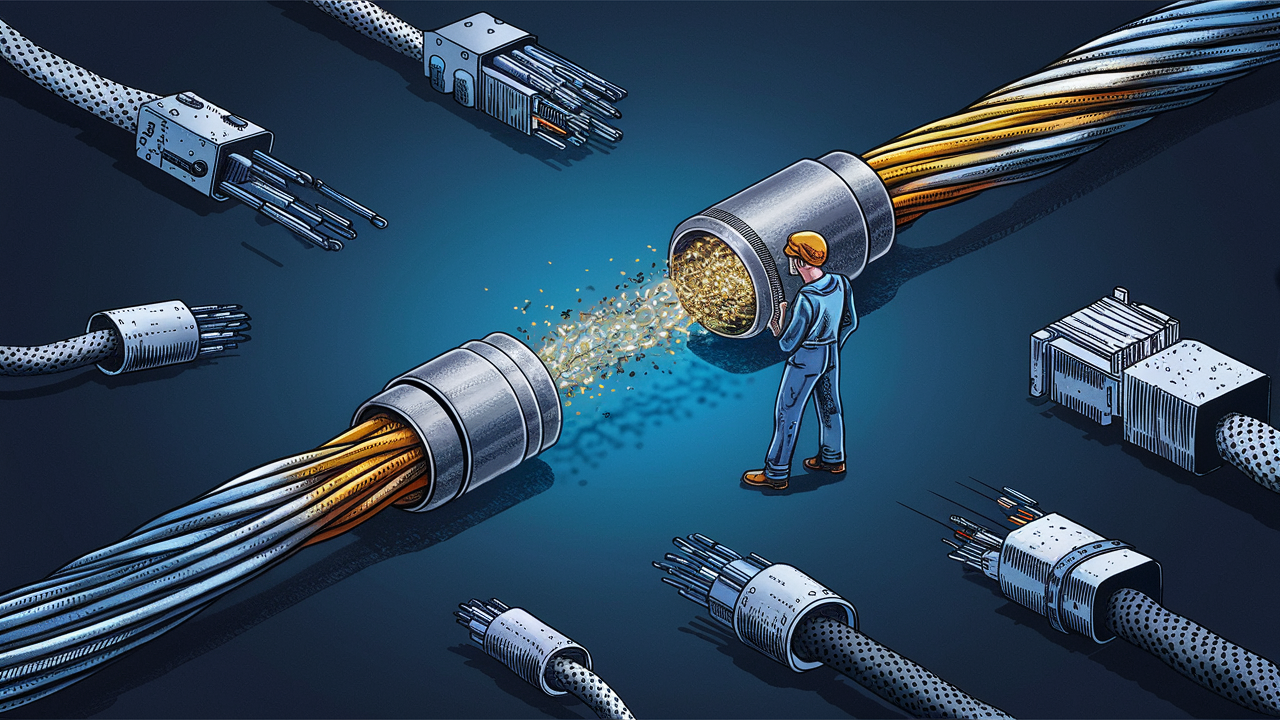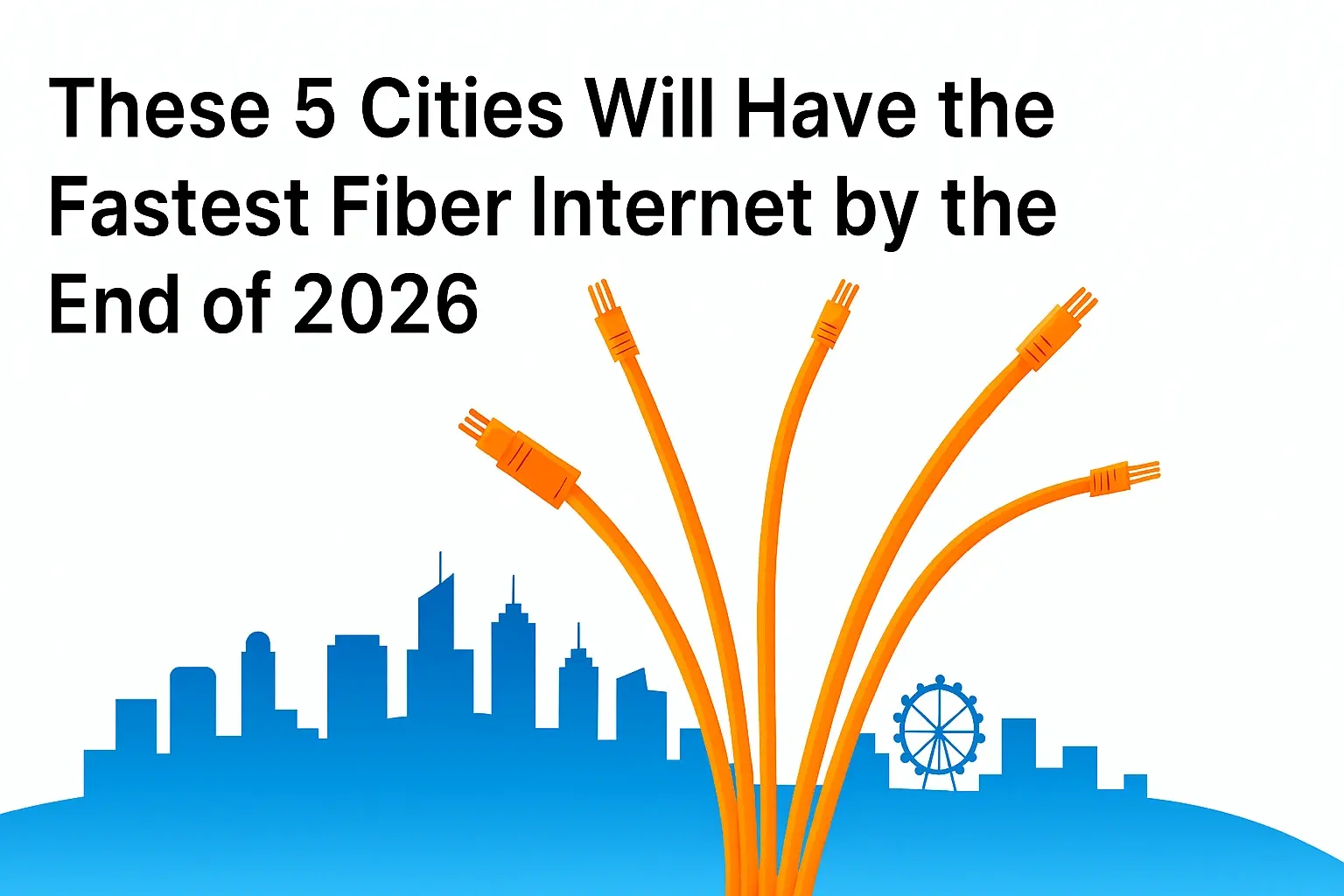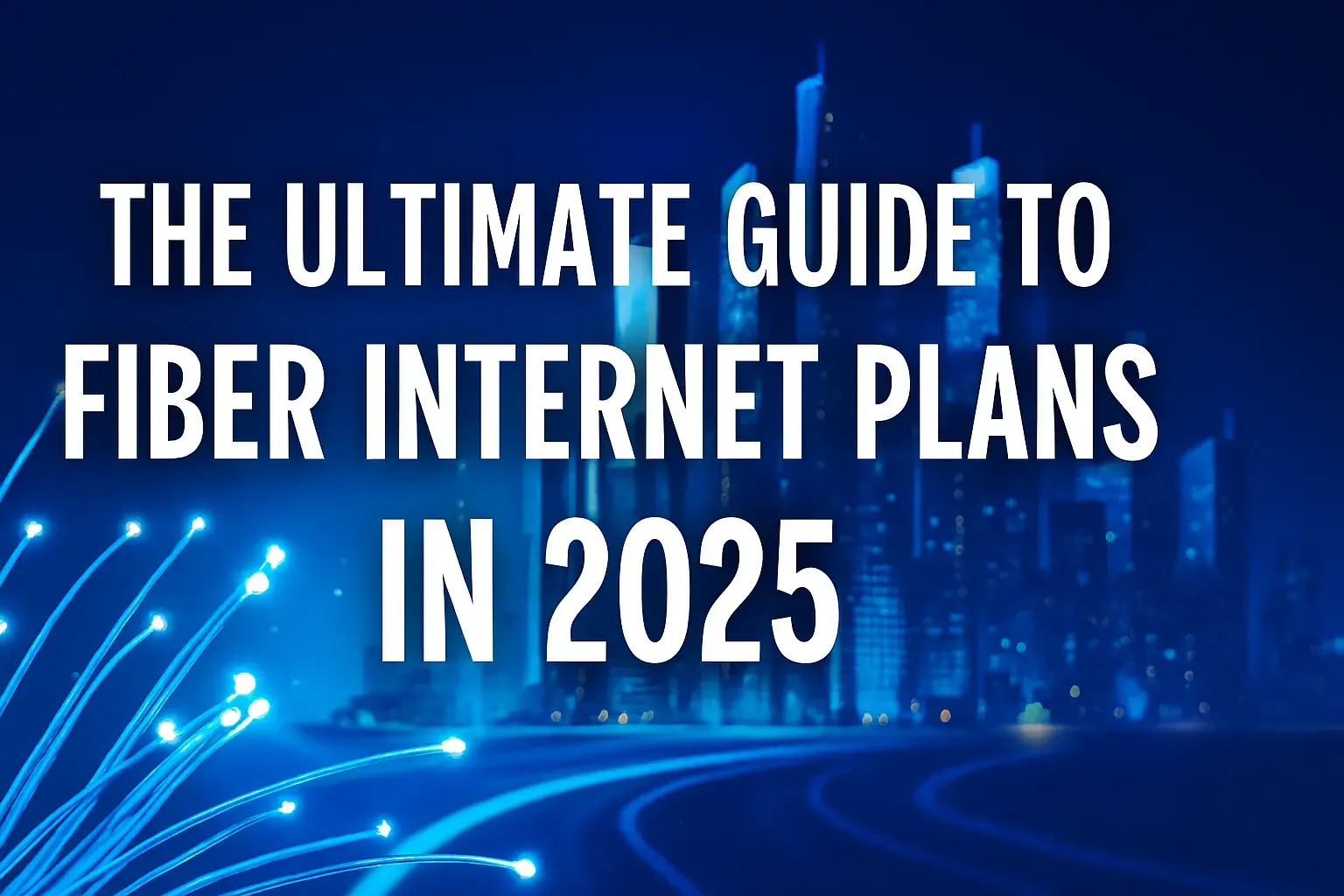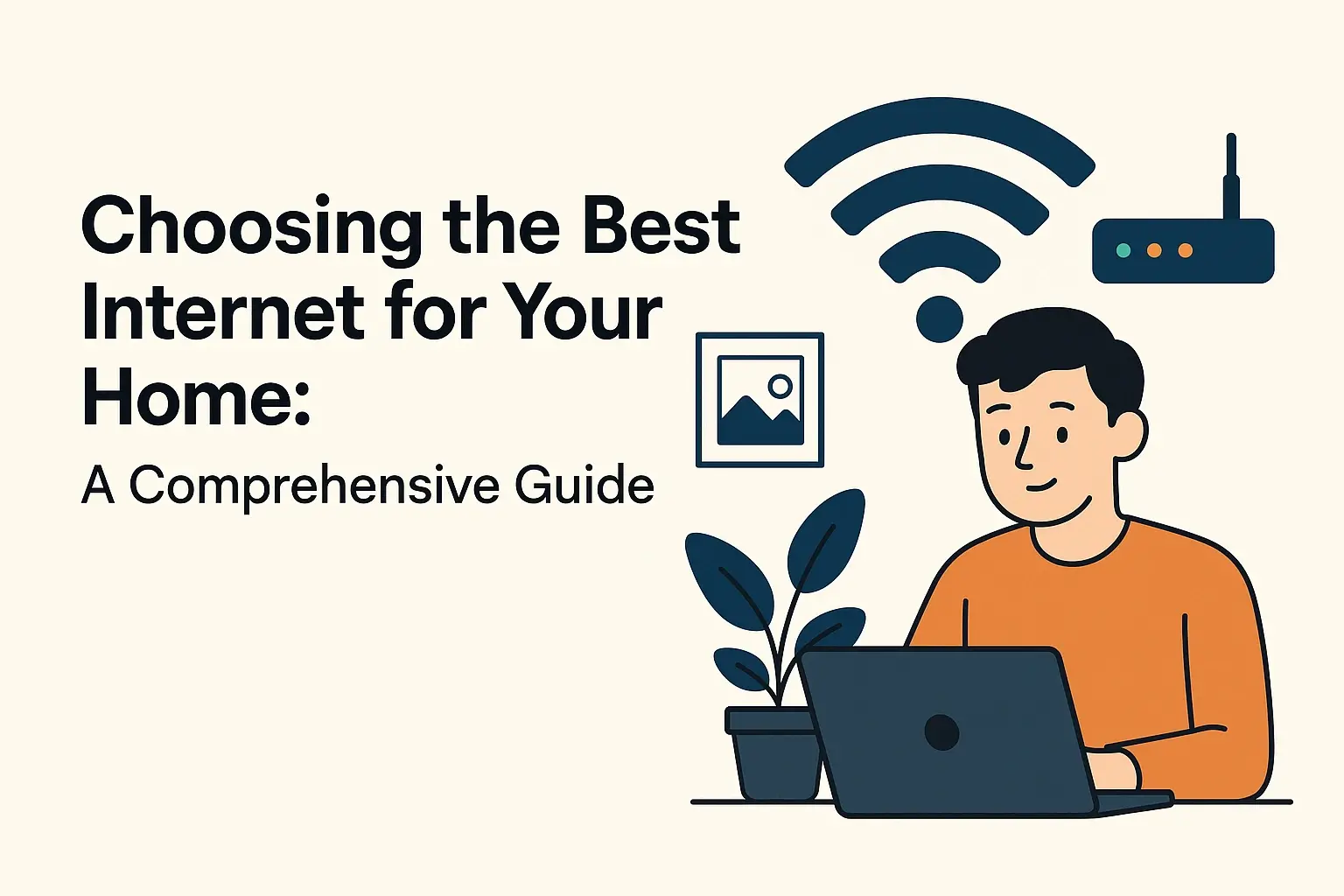What is the alternative to fiber optic cable?

With the growing demand for high-speed and reliable networks, fiber optic cable is now the most preferred connectivity solution. Fiber has demonstrated high bandwidth capabilities and the ability to transmit data over long distances without much attenuation. Nevertheless, fiber optic structures are costly to put in place and may not always be possible or feasible in certain contexts. Fortunately, there are several alternatives to fiber optic cable for data networking: Fortunately, there are several alternatives to fiber optic cable for data networking:
Copper Cable
Copper cabling has long been employed for telephony and data networking applications. Category 5e and Category 6 copper cables can support the network data transfer rate of gigabit up to 100 meters and can go faster if used at shorter lengths. Using Cat5 or even the older Cat3 cabling makes it possible for copper facilities to meet the increasing bandwidth requirements of many networks.
Copper cable and components are in most cases cheaper than fiber cable and components. Copper is also less complicated in installation, termination as well as testing using regular networking instruments. These advantages make copper cabling suitable for application in smaller office LANs that do not need high bandwidth or long distances. Nevertheless, copper cables are more limited by distance and more susceptible to EMI as opposed to fiber.
Wireless Networking
Wireless is a type of networking that employs radio waves instead of tangible cables to interconnect devices in the network. Mobile connectivity is most often provided by WiFi and cellular data networks that are almost always available at the moment. Wireless standards, hardware, and the use of beamforming technologies are enhancing speed, reliability, and range. While not as stable as cable, wireless connectivity is usually faster and, therefore, less expensive to implement.
In most cases including cases where WI-FI is needed to be provided in open areas such as public areas or where communication devices are required to be moved around in a certain working area WI-FI may be the most convenient option to the fiber optic cable based on practicality and cost. Wireless networks can also support an existing wired structure more effectively than deploying new physical cables. There are still some limitations to using such data in mission-critical applications, but wireless speed and latency continue to increase.
Coaxial Cable
Coaxial cable is made of a single solid copper core with insulation all around it and also a metal braid to shield data from interference. This makes coax cable perform higher bandwidth than the copper twisted-pair cable. Even before fiber optics and Ethernet, offices, and campuses installed thick coaxial cables as early computer LANs.
Today coax infrastructure is already present in most buildings for conveying cable TV as well as cable modem high-speed data services. The coaxial cable infrastructure allows network providers to offer converged data, TV, and voice services at up to 1Gbps performance levels to rival fiber networks. The DOCSIS 3.1 standards also enable adding bandwidth capacity for coax through relatively low-cost equipment upgrades. This makes utilizing excessive coaxial cabling a viable option than employing new fiber in some cases where gigabit speed is viable.
Power Line Networking
Power line communications (PLC) will transmit high-frequency data signals through the normal current in a parallel manner. By inserting fitting network adapters that transmit information through electric outlets, the devices establish connections at up to 600 Mbps, depending on the age of the wiring and interference on the lines.
This option can be very helpful in situations where there is no possibility of laying any new networking cables in a building. It permits any power outlet to link devices to a common network or the internet, which can help smart home and building management uses. But the actual end-to-end throughput is far less than the capacity advertised and reliability is poor due to noise. However, PLC networking is not as strong as wired or wireless networks but can be handy in hard-wire areas or even extreme areas of coverage.
Point-to-Point Wireless Bridge Connections
Wireless bridges link two points using radio waves, usually in the higher microwave range and work as a point-to-point connection up to a few miles apart. While line-of-sight links with no direct connection in buildings or endpoints, they can deliver multigigabit speeds that are competitive with fiber without any need to dig up. Besides, a wireless bridge link may be used for a temporary Internet connection in the case of events venues as well as an emergency Internet connection in the event of wired infrastructure failure.
The use of a directional wireless bridge directs the energy in one particular direction to alleviate or minimize the latency and reliability issues that are often present in an omnidirectional wireless network. Wireless bridging might be useful for large enterprises in distributed buildings or to connect to third-party networks that are otherwise not easily connected to the fiber infrastructure. Unlike WiFi networks, it does not grant access for multiple users, but it offers a variable high-speed connection.
Low Earth Orbiting Satellites
More players such as SpaceX, OneWeb, and Amazon are coming up with coordinated systems of LEO satellites aimed at offering internet connectivity. By placing networks of hundreds or thousands of satellites near the earth, the signal can relay data across a geosynchronous “mesh network” much faster than conventional satellites that are miles away in fixed orbits.
These LEO networks are accessed by customers employing fixed-roof antenna terminals fitted with satellite modems to forward Internet traffic. LEO satellites provide the potential for continuous coverage anywhere on Earth and offer speeds and latency comparable to fiber networks once full constellation is achieved. For such regions that are still not reached by fiber to premises, satellites could wirelessly close the “last mile” there are no other options. However, the acquisition of customer equipment plus the subscription to bandwidths keeps the LEO satellite connectivity expensive like other premium services.
In conclusion, there is no end-to-end fiber optic connectivity substitute available at present but the emerging technologies offer several choices as far as other cabling infrastructure is concerned based on bandwidth, reliability, and cost factors. These interim solutions can be useful for owners of enterprise and residential networks to deploy where fiber is not currently available permanently or until a more permanent solution becomes feasible. Use case analysis allows for choosing various combinations of mixtures of copper, wireless, and satellite options now with some measure of future expandability as needs continue ramping up at an exponential rate.
Upgrade to faster, more reliable AT&T Fiber Internet today! Call us at +1 844-905-5002 and get connected with speeds that keep you ahead.





